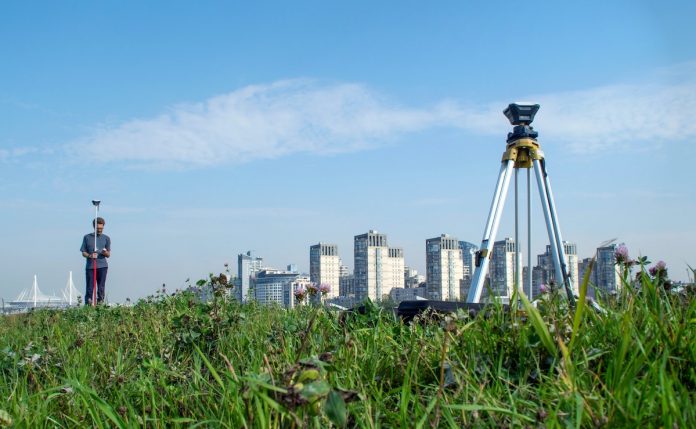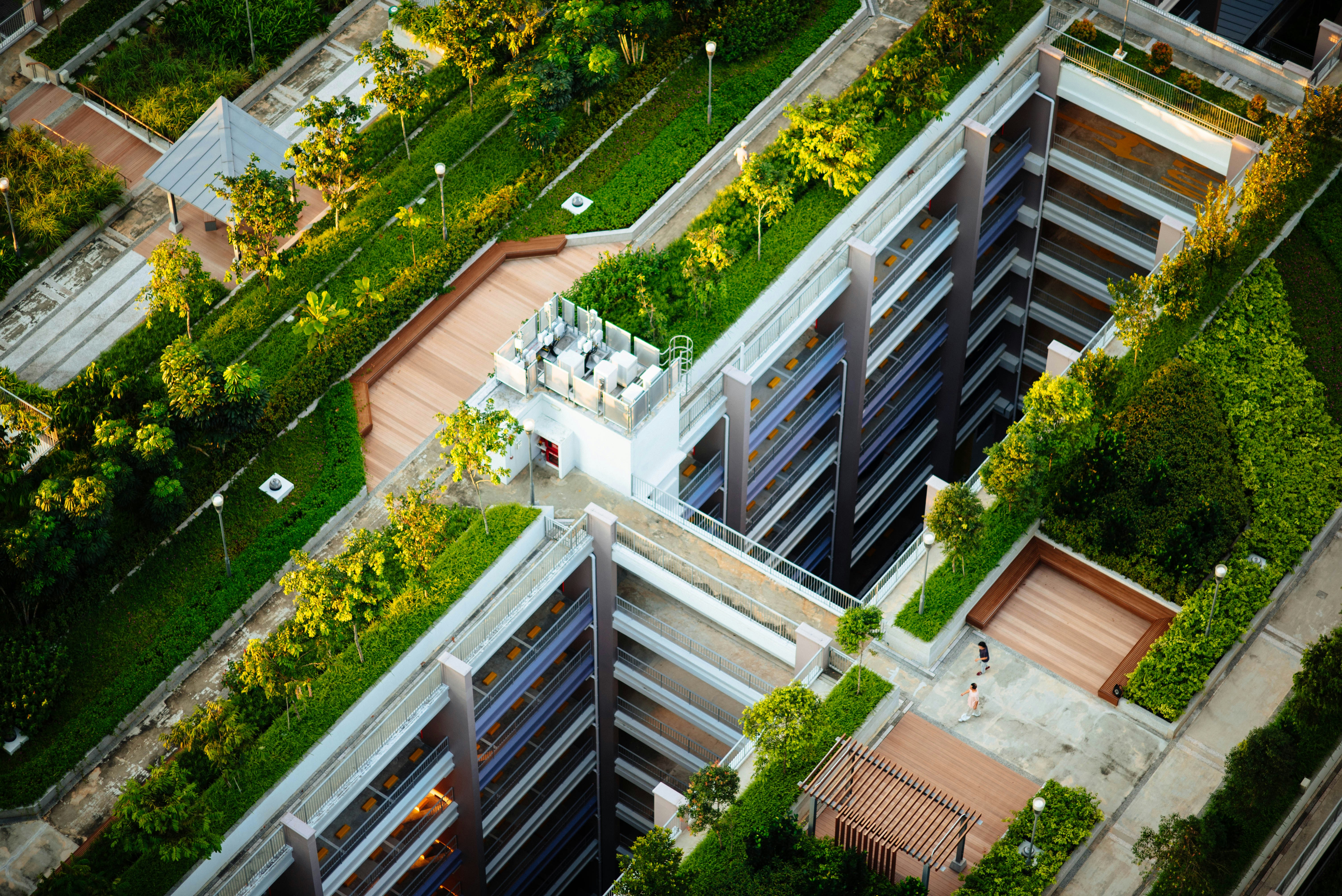The Benefits of Urban Greening
Urban centers spread out further they very often replace areas of forest or woodland with concrete structures. This not only destroys and displaces local ecosystems and natural habitats but also reduces the number of green spaces which are available to residents. This article will explore some of the benefits of urban greening.
According to data published in The Lancet Planetary Health, 31 cities in Europe could prevent 43,000 premature deaths each year if they achieve the World Health Organisation (WHO) recommendations regarding access to residential proximity to green space. As city planners and architects turn their attention to more sustainable ways to dwell in urban environments.
Cooling Benefits
The urban heat island effect refers to a phenomenon where cities experience higher temperatures than surrounding rural areas. This is due to heat retention from building materials like concrete and asphalt as well as waste heat emissions from vehicles, air conditioners and factories that warm up the air.
In contrast, trees and vegetation provide shade and cooling helping to maintain more comfortable and sustainable temperatures in urban environments. This is confirmed by studies such as those done by Takehiko Mikami, Emeritus Professor at Tokyo Metropolitan University, which reveal how green spaces have lower temperatures compared to surrounding buildings and also spread cooler air to surrounding urban areas, known as the ‘cool island effect’.
Better Air Quality
Urban greenery is about including nature in the urban environment. With more trees and plants to filter pollutants and carbon dioxide from the air, the cleaner and more oxygenated the air quality is for its inhabitants. This is particularly important for cities that have high levels of traffic pollution or have a heavy reliance on industrial activities.
Energy Efficiency
Greener spaces can reduce the need to heat and cool buildings, reducing the amount of energy that is consumed. Thanks to the natural insulation provided by trees and green roofs, residents and businesses can enjoy the benefits of lower energy bills, and contribute to a more energy-efficient environment.

Preservation of Biodiversity
Through its inclusion of green spaces, urban greening ensures the preservation of local plant life and animal species, helping to preserve biodiversity. Rather than destroying natural habitats, nature is invited into urban centers and given refuge in the many parks, green rooftops and other green elements that make up green cities.
By prioritizing biodiversity, urban greening can help to create healthier ecosystems which are vital for many of the processes that support life, including climate regulation, food security, fresh water, soil nutrition, and the pollination of vegetation and crops.
Health and Wellbeing
There is mounting evidence to support the link between green spaces and better health and well-being. Access to nature is greatly beneficial for our physical health and research shows that spending more time in green spaces can significantly reduce the risk of numerous chronic illnesses, such as stroke, cardiovascular disease, and asthma.
Studies have also revealed that individuals living in urban areas with ample greenspace have less mental distress, less anxiety and depression, and greater well being compared to those living with less greenspace.
Urban greening has numerous benefits and can pave the way for a more sustainable future.






